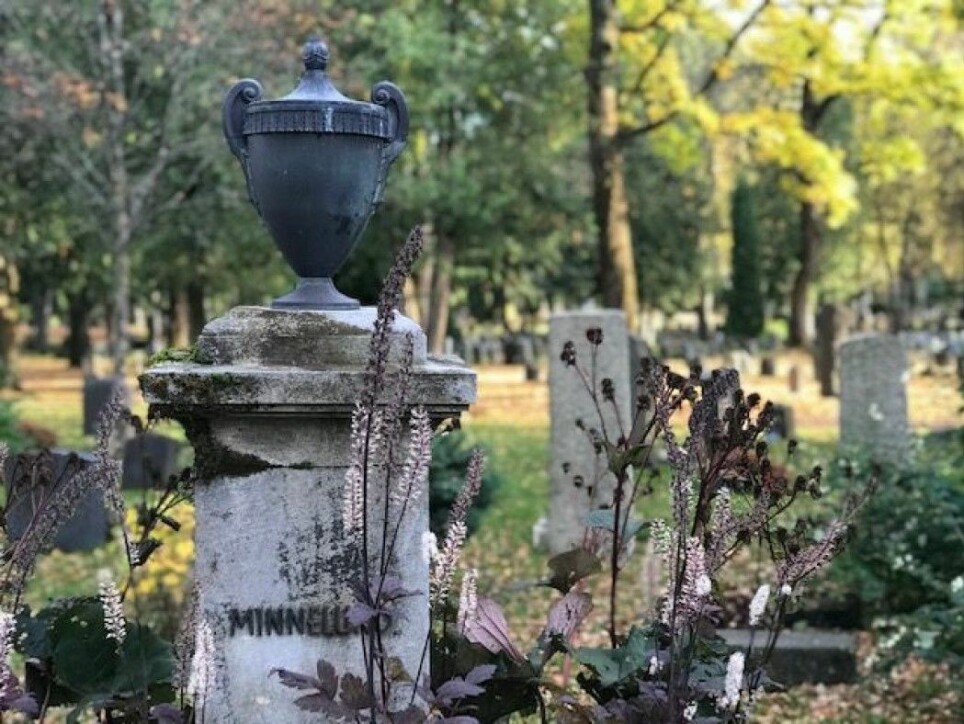
Why are the ashes of one of Norway's most important scientists in an unmarked grave?
Victor Moritz Goldschmidt was arrested and about to be sent to Auschwitz on the prisoner ship Donau. But at the last minute, he was pulled from the queue.
26 November 1942 was one of the darkest days in Norwegian history.
Goldschmidt stood in the queue on the quay with approximately 530 other Norwegian Jews, about to be deported via the prisoner ship Donau.
Then a police patrol arrived at Oslo’s City Hall Pier No. 1.
Goldschmidt’s name was called up and he was instructed to return to his job at the Department of Mineralogy at Tøyen, where he was also the head of the Norwegian Laboratory for Mineral and Materials Distribution.
As soon as it became known that Goldschmidt was in danger, cavalry officer Ole Nielsen, a mechanic at the State Raw Materials Laboratory, declared that something had to be done.
He knew the head of the security police and managed to convince him that Goldschmidt's research was of great importance to Norway.
He had to be rescued.

Why is he in an unmarked grave?
Today, this important scientist lies in an unmarked grave at Vestre Gravlund cemetery in Oslo.
Why was he forgotten in Norway?
This is one of the big questions addressed in the research and dissemination project of science historian Robert Marc Friedman.
He is now Professor Emeritus in the Department of Archaeology, Conservation and History at the University of Oslo. He is also affiliated with Yale University in the United States.
A man full of riddles
Friedman has previously researched scientists such as Albert Einstein, Vilhelm Bjerknes and Fridtjof Nansen.
Rarely has he been as gripped by a story as when he studied the life of Victor Moritz Goldschmidt (1888–1947).
He found himself thinking that this man’s story was full of riddles.
In his search for who Goldschmidt was and how he accomplished so much, Friedman found rich source material at the State Archives in Trondheim, the National Archives in Oslo and in many foreign archives.
Sarcastic and volatile
Minutes of meetings and correspondence confirmed that Goldschmidt had a hot temper and was prone to sarcasm.
But Friedman also found many signs of his great generosity, particularly towards students and PhD candidates.
“Goldschmidt was a complex person. He probably didn’t have very good social skills,” says Friedman.
Personality may be one reason why he was opposed and disliked by many in Norway and has rarely been recognized as one of the country’s great scientists.
"But Goldschmidt was probably also a victim of the so-called Jantelov", says Friedman.
Janteloven, which translates to 'The law of Jante', is not a law, but rater a way of describing a Scandinavian unspoken social rule which in short means that you shoulnd't think you are special - you're no better than anybody else.
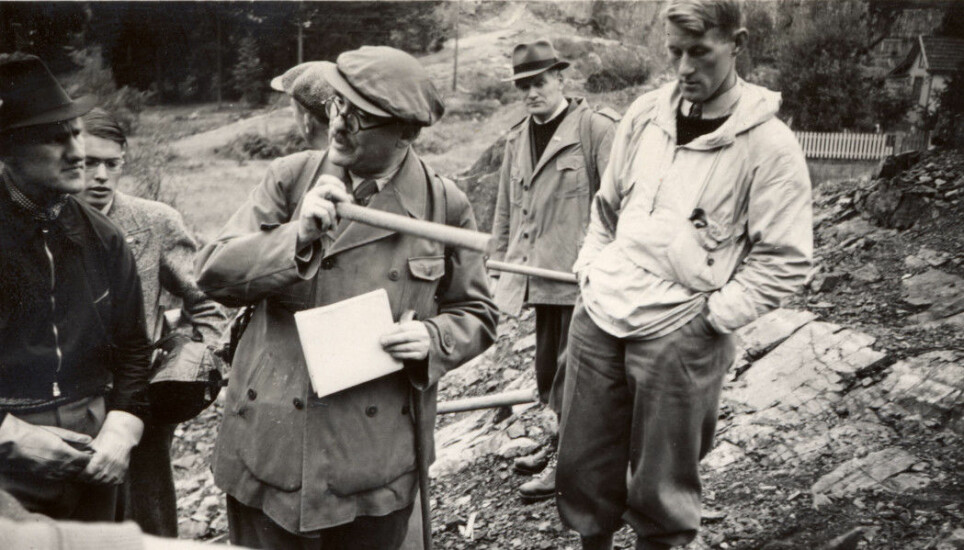
On the outside
Victor Moritz Goldschmidt was born in Zurich and came to Norway in 1901, when he was 13 years old.
His father, Heinrich Goldschmidt, had been offered a professorship as a chemist at the University of Christiania, one of the first foreign researchers to come to Norway to work.
Both the announcement of the position and the appointment of a foreigner caused great protests and opposition within the university and in Norwegian newspapers, Friedman found in his sources.
Moved a lot
Both parents came from a Jewish family, but did not identify themselves as Jews. In Norway however, the family still became known as Jews or just as "different."
Letters from some Norwegian academics refer to him as "typical of his race" and "Goldschmidt the Jew".
In his first year of life, the family moved from country to country. From Zurich to Amsterdam to Heidelberg – and then as a 13-year-old to Norway.
They were always seen as strangers.
“It’s hard to believe that such an unusually intelligent boy with a different appearance, a little chubby and with a strange accent, did not fall victim to bullying,” Friedman says.
Doctor by age 23
Goldschmidt defended his doctorate already as a 23-year-old.
His topic was the mineralogy of rocks in the Oslo Rift, says Reidar G. Trønnes.
Trønnes is a geochemist and petrologist at the Natural History Museum and the Centre for Earth Evolution and Dynamics.
Only three years later, in 1914, Goldschmidt received a professorship.
His supervisor, Waldemar Christopher Brøgger, was afraid he would leave Norway.
"Brøgger therefore convinced the University of Oslo to establish a Department of Mineralogy that Goldschmidt would head up", says Trønnes.
Eventually, Goldschmidt redirected his research toward geochemistry.
This is the study of how the elements in all the materials of nature – minerals, rocks, earth, water and air – are distributed.
Today, this is a large field that branches into other disciplines.
Goldschmidt revitalized this field and is considered by many to be the father of modern geochemistry.
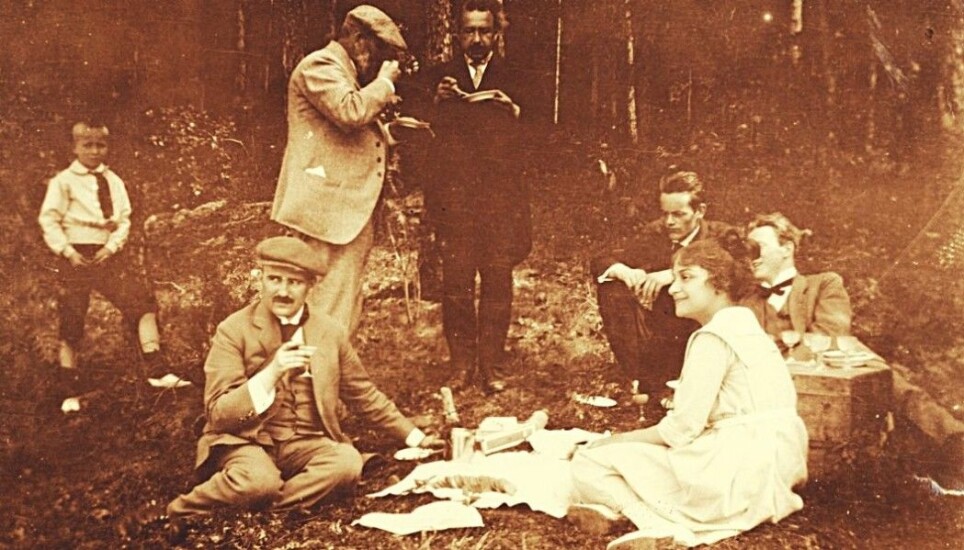
Self-sufficiency for Norway
During World War I, it was very difficult for neutral nations such as the United States and Norway to import raw materials into industry.
Goldschmidt's supervisor Brøgger, who was the first elected rector of the University of Oslo, visited the United States in 1916. There he learned a new way to organize scientific research.
When Brøgger returned to Norway, he tried to bring about a collaboration between the state, universities and industry. The goal was greater self-sufficiency. He received support for this from the Norwegian government.
The collaborative efforts led to the establishment of the country's first "research council" and several research institutes aimed at various industries.
But the most important development, according to Friedman, was the establishment in 1917 of Statens Råstofflaboratorium – the State Raw Materials Laboratory.
Brøgger secured the young Goldschmidt a senior position at the laboratory. The mandate was to help Norwegian business and industry find out what industrial opportunities existed in Norwegian raw materials.
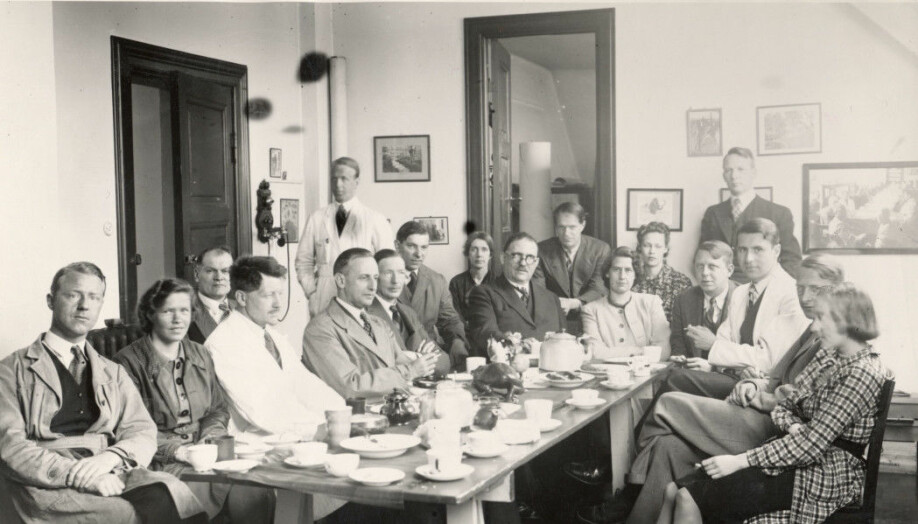
International attention
At Tøyen, Goldschmidt built a large research centre that attracted international attention, says Friedman.
“Similar to the parallel development of the Bergen school in meteorology, with Vilhelm Bjerknes at the helm, the Tøyen school managed to combine the pursuit of basic scientific knowledge with the need to serve society's practical needs."
These two research schools were probably Norway's most important contribution to science in the last century, according to the science historian.
Nominated for the Nobel Prize
The subject of geochemistry became important in good part because Goldschmidt understood how different materials absorbed different elements, says Trønnes.
He published extensively during his short career, including nine systematic overviews of the distribution of elements in nature.
The greatest contribution his research has made to Norwegian industry came only after his death, with the olivine industry in Sunnmøre. The industrial company Olivin A/S has been the world's largest producer of magnesium-rich olivine for refractory stone.
Goldschmidt was repeatedly nominated as a candidate for the Nobel Prize in Chemistry.
“When Odd Hassel received the Nobel Prize several decades later, he stated that it was Goldschmidt who should have received it. Many others who later received the Nobel Prize in Chemistry also used results from Goldschmidt's research,” says Friedman.
Moved to Germany
Despite receiving significant resources for his research in Oslo, Goldschmidt moved to Göttingen, Germany in 1929.
There he was invited to build and lead a new mineralogical institute.
Goldschmidt was not that interested in better pay and working conditions, but he wanted to get away from an academic culture that he found difficult and that worked against him.
He wrote to Brøgger that he could not bear “… the atmosphere of pettiness, envy, stupidity and malice among colleagues, which poisons scientific life here [in Norway]. In such an atmosphere, one loses hope of being able to accomplish anything of significance for the benefit of science or the country."
“How much of all this was about Goldschmidt's feeling of being persecuted and how much was about reality?”
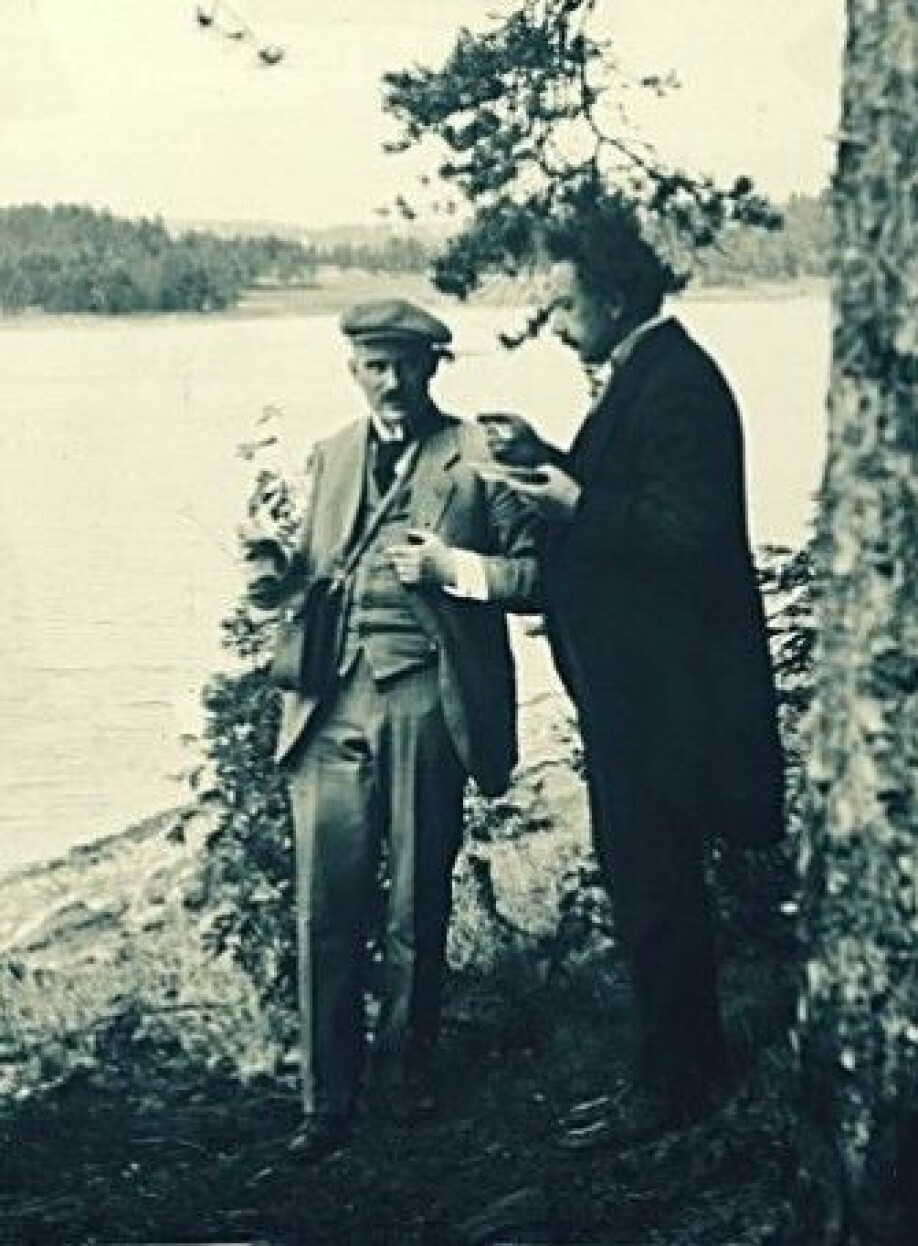
Friedman believes that’s the big question.
Forced out of Germany
After 1933, the academic environment in Germany was poisoned by the Nazis and the mood became more and more hateful towards Jews.
After a series of student demonstrations and demands that he had to leave, Goldschmidt eventually realized that science was no longer elevated above politics, as he would have liked to believe.
He was then forced to flee back to Norway in 1935.
He returned to his old positions in Oslo and continued working there.
But if he was disliked before he went to Germany, the atmosphere back home was now starting to become really difficult.
Had to flee to Sweden
In 1942 he was arrested and about to be sent to the concentration camps, but he was saved at the last minute.
It wasn’t long before Norway’s Resistance came to him at Tøyen and asked him to disappear. They feared that he would be arrested by the Nazis again.
He was then transported to Sweden. There he was offered citizenship and a professorship at Uppsala University.
But Goldschmidt told them no thanks. He said that he was Norwegian and wanted to stand in solidarity with his Norwegian colleagues who were occupied.
Not welcomed back to Norway
From Sweden, his travels eventually took him to England. There he assisted with research that could contribute to the resistance against Germany. He was also offered a job there after the war, says Friedman.
But when the war ended, he insisted on returning to Norway.
The Ministry of Trade was excited that he wanted to return. But different signals were coming from the university. His faculty informed the rector that Goldschmidt was not welcome.
Goldschmidt was accused of telling researchers abroad that his colleague, Professor Tom Barth, was a supporter of the far-right NS party.
“The story reminds me of a classic ‘lynch mob’ in a western movie,” says Friedman.
Goldschmidt denied that he had spread this rumour, which was eventually also confirmed.
“But the ‘mob’ from the faculty pressured the rector to refuse Goldschmidt’s return to the university,” Friedman says.
Nevertheless, he returned in 1946 after having been ill for a period.
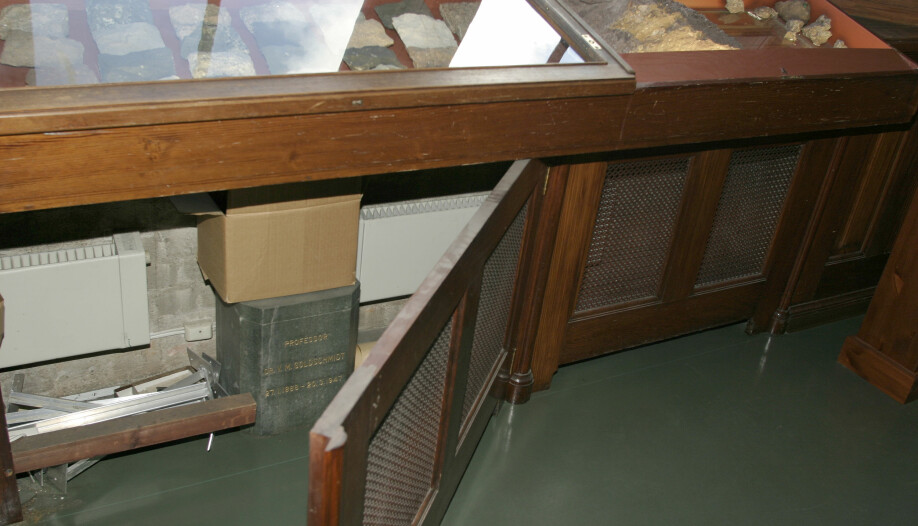
Made his own urn
Goldschmidt died suddenly in 1947.
Almost none of his colleagues came to his funeral, says Friedman.
He had made olivine urns for his parents and himself from the Sunnmøre district. The urns were placed in the chapel at the Vestre crematorium in Oslo.
Almost forty years later, Vestre Gravlund cemetery contacted the University of Oslo. New legislation required that ashes in urns could no longer be in the chapel, but had to be buried.
Goldschmidt had no descendants. The University of Oslo was seen as his closest connection.
However, the university wasn’t willing to take on the responsibility of finding a gravesite and having a headstone made for him and his parents. The university had to find a solution, and in the meantime, the urns were stored behind a radiator at the Geological Museum.
“That’s why the ashes of one of Norway's important naturalists ended up in an unmarked grave in Oslo,” says Friedman.
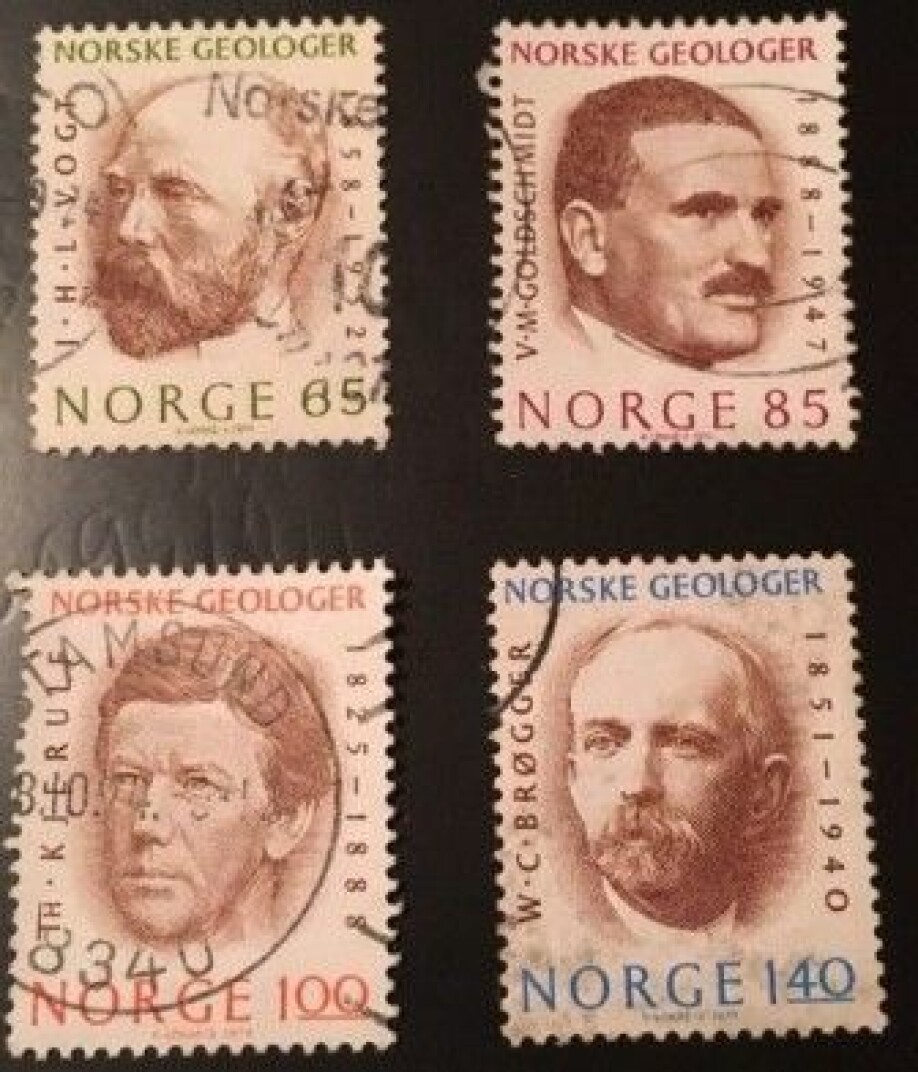
No memorials in Norway
This treatment of Goldschmidt is in stark contrast to how he is remembered abroad.
Trønnes has often participated in a large international annual professional conference in geochemistry named after Goldschmidt. The same goes for prizes and medals awarded by the Geochemical Society, among others.
“Everyone” knows Goldschmidt abroad. When the Natural History Museum was naming its buildings, Trønnes suggested that one of the buildings should be named after Goldschmidt.
The choice was instead made for his mentor Brøgger. He had supported nation-building efforts before and after the dissolution of the union in 1905 but is not very well known internationally.
On the other hand, all Norwegian and international geologists know Goldschmidt, says Trønnes.
But in Norway he has received little recognition.
No memorials or buildings bear his name.
“When I tell my international colleagues that Goldschmidt worked at the same workplace I do in Oslo, a lot of them are surprised that he was Norwegian,” he says.
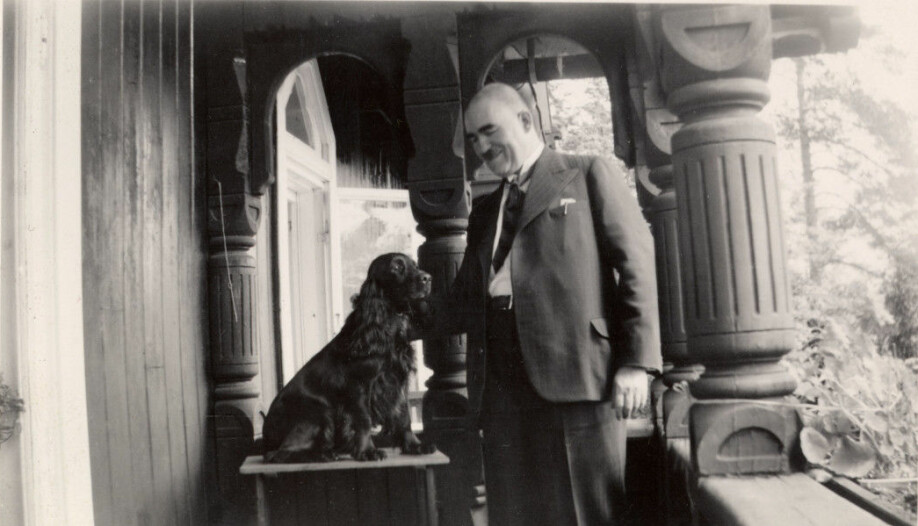
Never accepted in Norway
Friedman believes that Goldschmidt was one of Norway's most important scientists ever – by any standard.
In his short career, he managed to achieve more than most scientists dare to dream of. But his greatest wish – to be fully accepted and treated like a Norwegian – was never fulfilled.
“His career unfortunately also serves to illustrate how intolerance and prejudice in the academic world can devour a brilliant researcher,” Friedman says.
———































